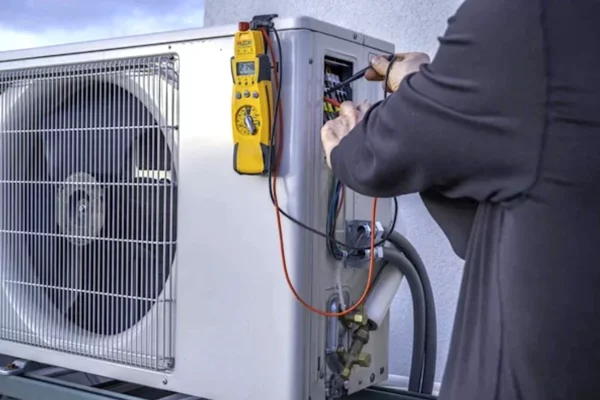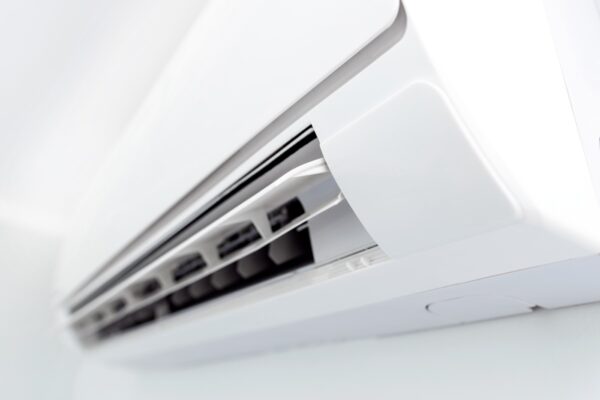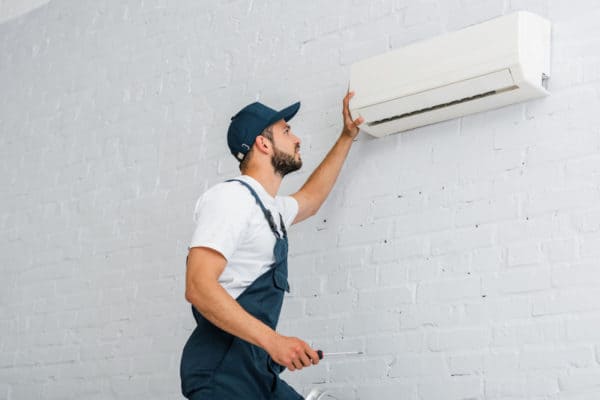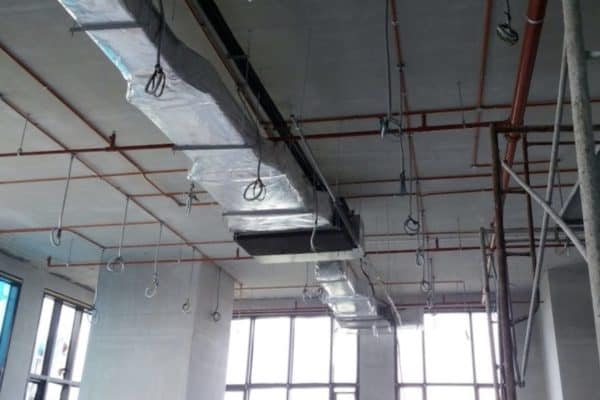Do Mini Splits Have HEPA Filters? (Air Purification)
Mini splits are great for heating and cooling. But, if we need clean air, are mini splits able to offer the kind of air purification that HEPA filters provide? Most importantly, do any of the mini splits out there even have a HEPA filter built into them?
Unfortunately, most mini splits don’t have a HEPA filter built into them. With a form factor that encourages slim and small sizes, common types of mini splits such as wall-mounted and ceiling cassette are not capable of having a HEPA filter. However, certain manufacturers do offer a HEPA filter in their ducted model as an optional accessory.
So, if we’re looking to improve the air quality, what options do we have if we want to use mini splits as our primary heating and cooling system? Fortunately, there are a few to consider.
What Kinds of Filters Do Mini Split Have?
HEPA stands for high efficiency particulate air. A HEPA filter can theoretically remove at least 99.97% of dust, pollen, mold, bacteria, and any airborne particles with a size of 0.3 microns (µm).
On the other hand, MERV which stands for minimum efficiency reporting value is a more common term used to categorize air conditioner filters in certain places.
There is a total of 20 ratings for MERV, stretching from MERV 1 to MERV 20 which, MERV 17 to MERV 20 are considered as HEPA. They have the same filtration grade which is a 99.97% removal rate on 0.3 micron particles.
In a basic mini split unit, the indoor unit is always fitted with a coil protection filter. Its only job is to trap dust and maintain the performance of the evaporator coil.
So, it doesn’t help with air purification.
Next is a series of special filters such as carbon filter, PM2.5 filter, anti-microbial filter, and other given names that have similar functions. These filters clean air, and remove odors and pollutants.
However, they are usually available in premium models only.
Moving up is MERV 8. Some manufacturers provide the option for us to upgrade the filter of their ceiling ducted units at the factory from a basic one to a higher-grade one.
MERV 8 filters are the most common grade of air conditioner filter in residential houses. However, they’re meant for trapping particles sized 3.0 to 10.0 microns. On 0.3 micron particles, their removal rate is less than 20%.
Lastly, a few manufacturers offer the option to include a MERV 13 filter in their high-static ceiling ducted units. These units have high enough static pressure to push through an MERV 13 filter, providing us with clean air without compromising on the performance.
Which Mini Splits Use a HEPA Filter?
As of now, there is yet a mini split that has a built-in or an optional choice to use a HEPA filter. However, some of the following mini splits are considerable if you’re looking for something better:
Right now, the best way is to use a ceiling ducted mini split with an upgraded MERV 13 filter. One option is the Mitsubishi PEAD horizontal ducted mini split.
The PEAD model allows you to choose a filter box with MERV 13 filters. The available capacity is from 9k BTU to 42k BTU. It has five settings for its static pressure with the highest at 0.6 in.wg.
However, this model is a bit overkill if you’re installing it in a residential house.
This brings me to the next option – the Daikin FDMQ slim duct mini split.
Daikin FDMQ model also requires you to opt for the optional MERV 13 filter. The available capacity is slightly narrowed from 9k BTU to 24k BTU. However, the ducted unit is compatible with both the single-zone and multi-zone outdoor units.
So, it is a more practical choice for home use.
Although they’re not exactly HEPA filters, MERV 13 has a very high filtration grade by itself. In fact, they’re sometimes considered sub-HEPA and are recommended by the CDC for improving air cleanliness.
The third option is a downgraded version which offers the upgrade to the MERV 8 filter and that is the Fujitsu ARU mid-static duct mini split.
The ARU model has a higher capacity entry point at 18k BTU and goes up to 48k BTU.
If you need a whole-house solution, the massive 48k BTU (4-ton) unit can be the way to go.
Do Mini Splits Have Good Filters?
Other than the above, most mini splits are stuck with a coil protection filter. However, there are a few unique models with extra filters that you may consider:
One example is the Panasonic ClimaPure XE wall-mounted mini split.
The ClimaPure is the signature model from the Japanese manufacturer. It has a coil protection filter and a built-in nanoe X air purification system.
Nanoe X is a technology that produces OH (hydroxyl) that breaks down odors and carries away pollutants such as bacteria, viruses, mold allergens, pollens, and hazardous substances.
Additionally, you can opt for the optional PM2.5 filter or the anti-microbial filter or have them both fitted into the wall-mounted unit.
Going with this option allows you to have better air quality while not having to use a ceiling ducted unit which can sometimes be inconvenient to install.
Do Mini Splits Have a Fresh Air Intake?
Another way to improve air quality is by introducing outdoor air. It is by far the most effective way to remove contaminants in the air. If you have heard of air change rate, that’s the thing.
To prevent adding more dust and moisture into the house, the outdoor air must go through the filter and the cooling coil of the mini split before supplying it to the living space.
Wall-mounted and floor-mounted mini splits don’t have any sort of fresh air intake. But, ceiling cassette mini splits do have the option for a fresh air duct connection. If you’ve already opted for a ceiling ducted unit, adding a fresh air intake is much simpler.
If you want to learn more about the fresh air intake for ceiling cassette units, see my detailed guide that includes a fresh air duct connection diagram here.
Conclusion
HEPA filters are not available in mini splits. However, some of the mini splits allow us to upgrade the filter to a near HEPA or sub-HEPA level, offering us a few more options for air quality improvement.
If we just want to have better air quality, premium mini splits offer extra layers of air filtration and purification systems which are good for reducing odors and removing pollutants.
Finally, if all the above are not sufficient, you may choose to add a real HEPA filter to the mini split. But, beware of the external static pressure. Choose a high-static model, preferably 3-4 in.wg to ensure the performance of the mini split is not jeopardized.
To learn more about the basics of mini split filters, check out my post about mini split filters here.
If you’re an engineer, check out my post about the types of filters in various HVAC systems.
Lastly, consider my Mini Split (eBook) if you want to know how can you use Mini Split in your house. If you still have doubt or not feeling confident enough, feel free to consult me.
Consultation Service
Ask me for HVAC advice such as brand selection, best model, benefits, features, placement, duct size, grille size, how to design, design check, verification and other HVAC related queries.
If you have anything to add (or ask) about this topic, leave a comment down below!








